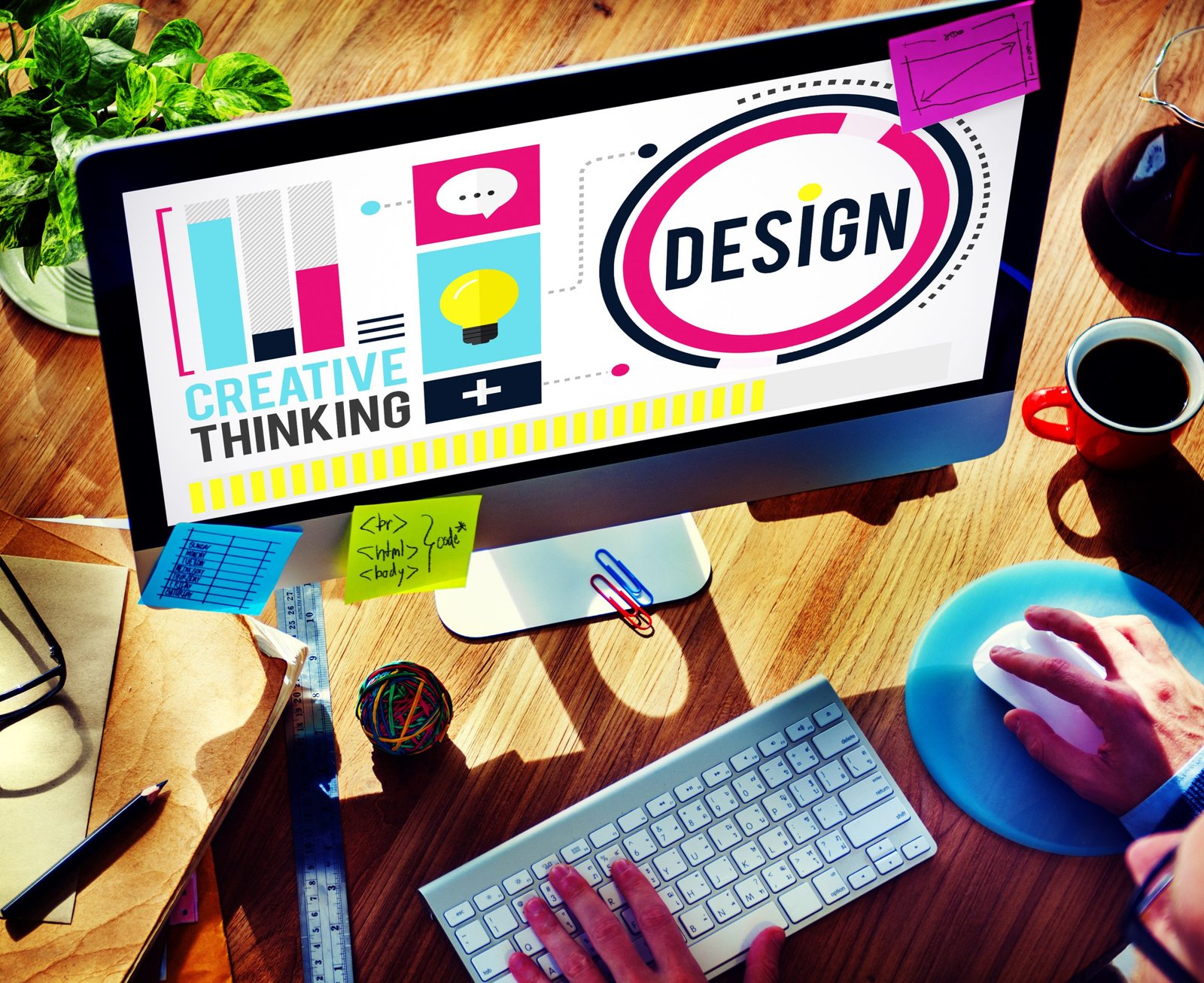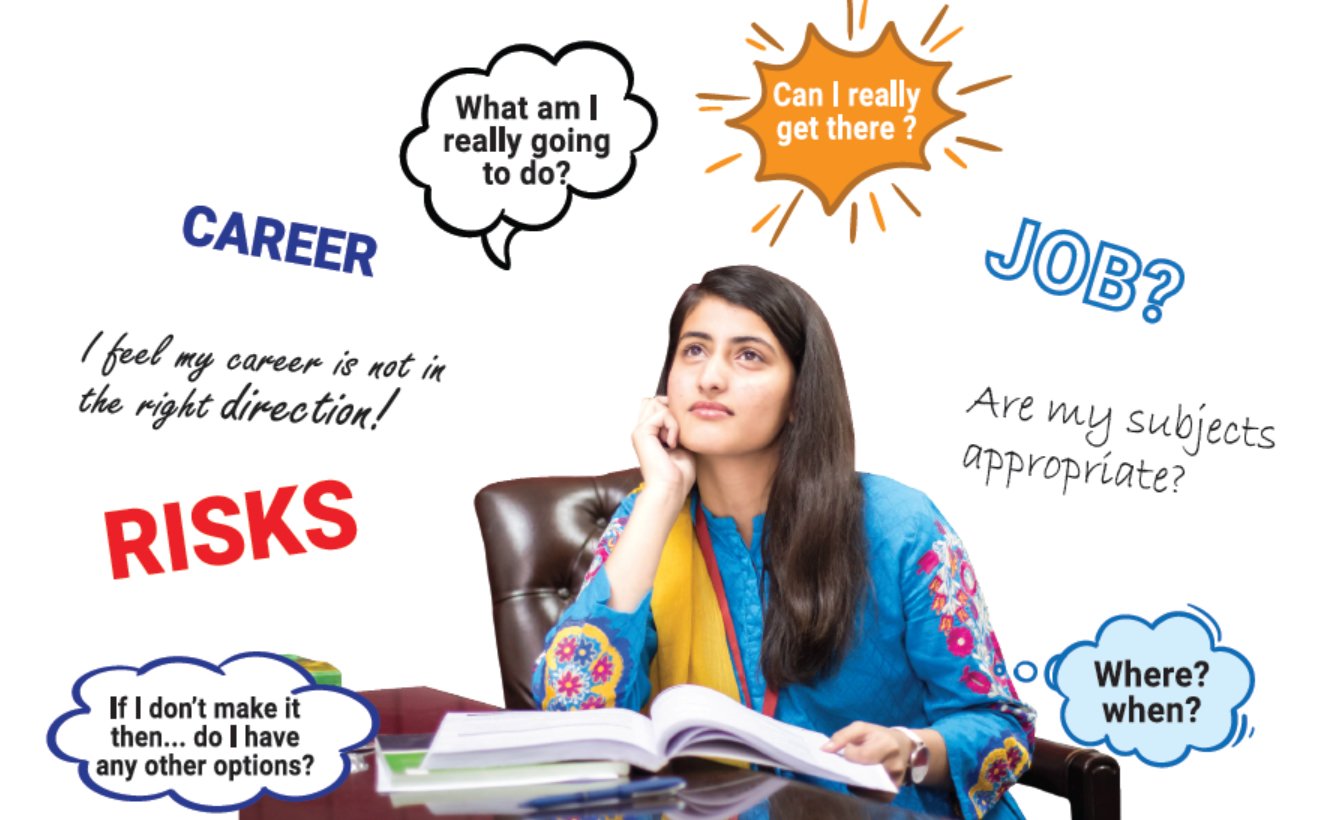Becoming a graphic designer is a creative and rewarding journey that blends art, technology, and communication. Whether you want to freelance, work at an agency, or join a company’s creative team, here’s a step-by-step guide to get you started:
🎨 How to Become a Graphic Designer – Step by Step
🔹 Step 1: Understand What Graphic Design Is
Graphic design is about communicating ideas visually. It includes:
- Logos & branding
- Posters & brochures
- Websites & app interfaces (UI)
- Social media graphics
- Packaging & print materials
🔹 Step 2: Learn the Design Basics
Start by mastering core design principles:
- Color theory
- Typography
- Layout and composition
- Hierarchy & balance
- White space (negative space)
📘 Recommended Resource:
- “The Non-Designer’s Design Book” by Robin Williams
🔹 Step 3: Learn Graphic Design Software
Master industry-standard tools:
- Adobe Photoshop – photo editing
- Adobe Illustrator – vector graphics (logos, icons)
- Adobe InDesign – layouts for print
- Optional: Figma, Canva, Affinity Suite
🎓 Free/Low-Cost Learning Platforms:
- YouTube (e.g., Satori Graphics, Yes I’m a Designer)
- Coursera, Udemy, Skillshare
🔹 Step 4: Practice with Real Projects
Start designing:
- Redesign logos or posters
- Make mock social media ads
- Create event flyers
- Try daily design challenges (e.g., #DailyLogoChallenge)
👨🎨 Build a portfolio even if no one hires you yet — create self-initiated projects.

🔹 Step 5: Build Your Portfolio
A great portfolio is your resume in design.
Include:
- 5–10 of your best, most diverse pieces
- Brief case studies (what problem you solved)
- Before & after examples (if applicable)
🛠️ Create a portfolio website with:
- Behance
- Adobe Portfolio
- Wix, Webflow, or WordPress
🔹 Step 6: Study Others & Get Feedback
- Follow great designers on Instagram, Dribbble, Behance
- Join design communities (Discord groups, Reddit: r/Design)
- Ask for constructive critique from other designers
🔹 Step 7: Get Formal or Informal Education
Options:
- Self-taught (with strong discipline and portfolio)
- Certificate course (Udemy, Coursera, Skillshare)
- Design diploma or degree (for structured learning & networking)
🔹 Step 8: Start Freelancing or Job Hunting
- Try freelance platforms: Fiverr, Upwork, Freelancer, 99Designs
- Look for internships or junior designer jobs
- Connect on LinkedIn and design groups
💡 Tip: Offer free or discounted work to small businesses or nonprofits at first — build experience and testimonials.
🔹 Step 9: Keep Learning and Specializing
Graphic design evolves — stay sharp:
- Learn motion graphics (After Effects)
- Learn UI/UX (Figma, Adobe XD)
- Study branding & identity design
- Consider print production knowledge
Optional Certifications (If You Want Them):
- Adobe Certified Professional
- Google UX Design Certificate
- Coursera Graphic Design Specialization (CalArts)



